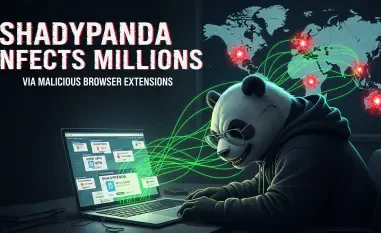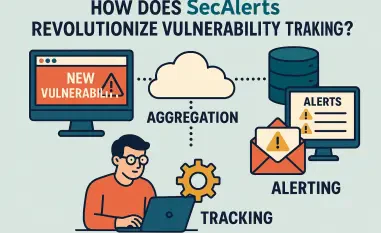In the tumultuous world of cybersecurity, the key to quicker threat identification might lie within something surprisingly simple yet overwhelmingly complicated—names. Imagine a breach unfolding, and the very experts responsible for battling these cyber adversaries are tangled in a web not of malware or Trojans, but names. This problem isn’t hypothetical. It’s the challenge cybersecurity professionals face, as the industry’s landscape is littered with multiple monikers for the same threats.
The Challenge of Naming Cybersecurity Threats
Fragmentation in threat naming isn’t just a matter of semantics; it shapes the effectiveness of cyber defense. With thousands of unique names circulating for identical threat groups, the result is operational confusion and inefficiency. Industry insiders reveal that this disparity can significantly hinder incident response efforts, slow down threat detection, and obstruct seamless collaboration among organizations.
The reality is far from anecdotal. For example, cybersecurity analysts often find themselves bewildered by the array of names given to the same threat actor by different companies. An entity known to one firm as “Circuit Panda” might be known as “Palmerworm” or “Shrouded Crossbow” by others, impeding effective threat intelligence sharing across organizations.
Past and Present Efforts Toward Naming Unity
Efforts to unify threat naming conventions have been attempted in the past, albeit with varying degrees of success. The Common Malware Enumeration (CME) and the Malware Attribute Enumeration and Characterization (MAEC) are notable examples that aimed for consensus but faced substantial challenges. These initiatives underscored the difficulty of achieving standardization within such a dynamic and fast-evolving industry.
Some companies, like Sophos, attempted to bridge the divide using frameworks akin to a “Rosetta stone” of threat names, yet maintaining a holistic, accurate system proved problematic. Industry giants Microsoft and CrowdStrike are noteworthy for their ongoing and proactive efforts to tackle this issue with renewed focus. These endeavors are constructed around the idea that a harmonized naming system could be the key to improved strategic responses across the board.
Insights from Security Experts
Leading voices in the field echo the urgency of this harmonization effort. Adam Meyers of CrowdStrike, for instance, has remarked on the advantage of consolidated naming conventions, emphasizing how they would enable companies to deliver clearer, more consistent messaging to their clients about threat actors. Such consistency not only streamlines internal processes but also fortifies defensive strategies against cyber threats.
Rafe Pilling from Sophos supports this sentiment, sharing anecdotes of teams encountering confusion due to disparate names during threat analysis. The ability to effectively synchronize these names could streamline both communication and operational execution, resulting in a stronger line of defense against cybersecurity adversaries.
Moving Toward a Unified Naming System
Integrating a unified system into cybersecurity practices involves practical steps from collaboration among key players to governance frameworks that control and guide these efforts. Emphasizing cooperation among major industry vendors is crucial, with Microsoft and CrowdStrike leading initiatives that facilitate controlled, strategic unification.
Companies interested in participating in this alignment can start by adapting their internal naming conventions to be more in sync with broader industry efforts. They can also engage actively in collaborative efforts that aim to bridge gaps across different systems, ensuring more effective threat intelligence sharing and response.
Reflecting on the Path Forward
As cybersecurity continues to evolve, the necessity for a harmonious naming system has never been more apparent. Recognizing the significant operational inefficiencies caused by current naming practices, Microsoft and CrowdStrike’s initiative is a step toward reducing complexity. While universal standards proved elusive in the past, strategic partnerships and cooperative governance could pave the way for more coherent threat landscape navigation. The industry might not yet have achieved full unity in naming conventions, but steps toward aligned communication undeniably bolster collective resilience against an increasingly sophisticated cyber threat landscape.













